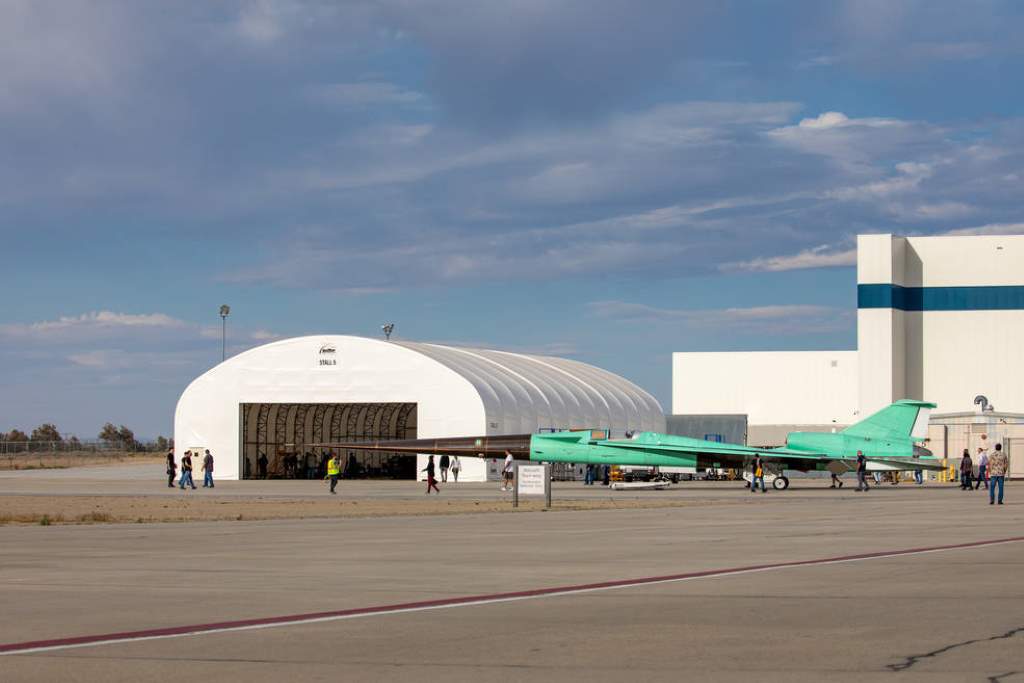NASA’s X-59 QueSST: A Step Closer to its First Flight

The X-59 Quiet SuperSonic Technology (QueSST) – NASA’s experimental supersonic aircraft is now a step closer to its first flight. Located at Lockheed Martin Skunk Works in Palmdale, California, the aircraft completed many milestones and was moved from the construction site for its first flight. The flight is scheduled for this year after a series of ground tests are completed.
The goal of this mission is to design an aircraft that is able to fly supersonic, whilst reducing the loud sonic boom, which is also capable of causing damage to structures. According to NASA, this will be replaced by a “quiet sonic thump”. The X-59 will be flown over several communities for data gathering on human responses regarding the sound that is generated during the supersonic flight. Then, the data will be delivered to US and international regulators in order to enable commercial supersonic flight over land, which is currently banned for 50 years. Hence, US and international regulators would possibly consider lifting the ban on non-military aircraft that fly faster than the speed of sound.
Peter Coen, NASA’s QueSST mission integration manager, said in a statement “It’s a rule that many people today aren’t aware of, yet it’s at the heart of what our Quesst mission with its quiet supersonic X-59 airplane is all about,”. He also added that “We’re definitely ready to write a new chapter in the history of supersonic flight, making air travel over land twice as fast, but in a way that is safe, sustainable, and so much quieter than before,”
The next steps for the team consist of ground tests that include engine runs and taxi tests, in order to ensure the safety of the aircraft. NASA’s QueSST mission would enable commercial cargo and passenger transport faster than the speed of sound.

 Tech Steel & Materials
Tech Steel & Materials
Comments are closed